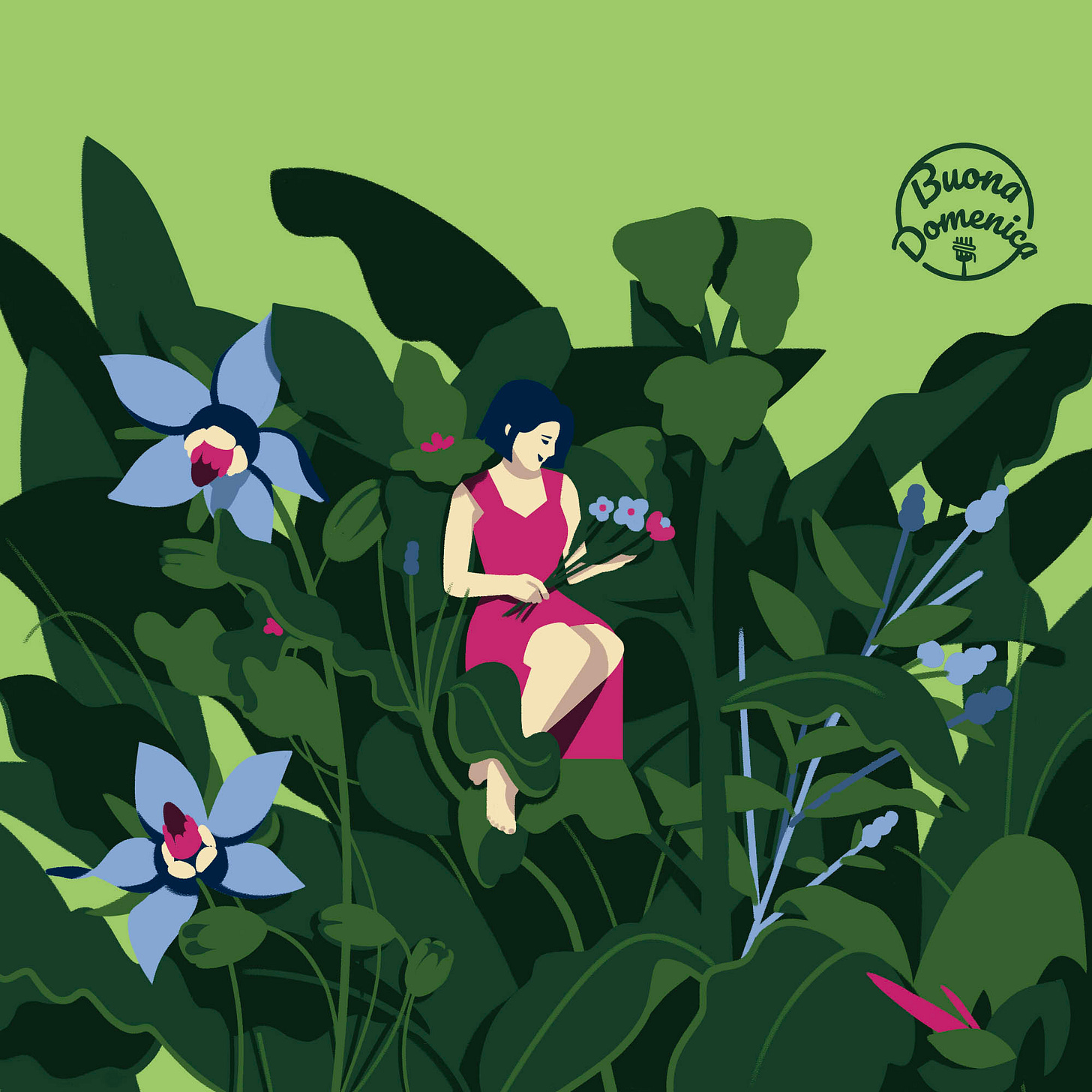
I’ve been thinking about 17th century Italian salads. Specifically a salad described by Giacomo Castelvetro in his 1614 book A Brief Account of the Fruit, Herbs & Vegetables of Italy:
“Of all the salads we eat in the spring, the mixed salad is the best and most wonderful of all. Take young leaves of min…
Keep reading with a 7-day free trial
Subscribe to Buona Domenica to keep reading this post and get 7 days of free access to the full post archives.



